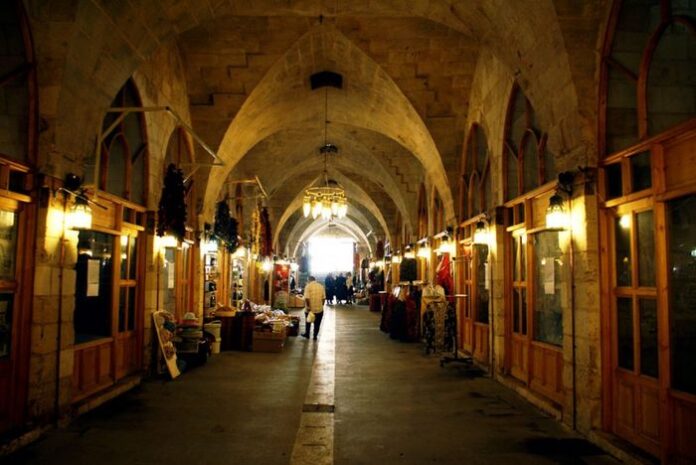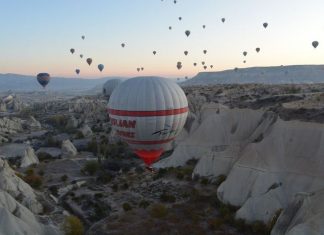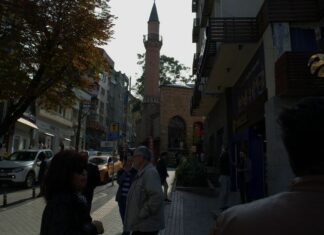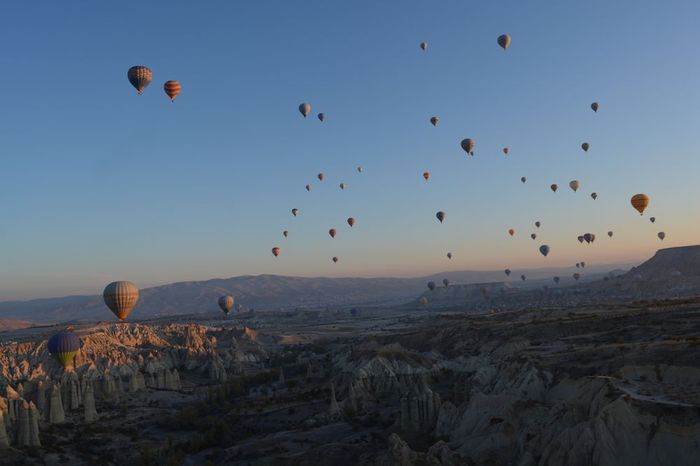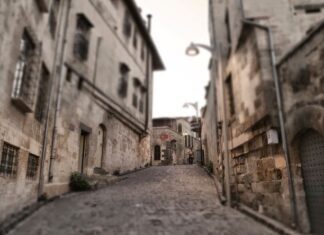During the centuries of Turkish rule, the population of Bosnia was never officially counted. However, after Austria took control in 1878, a proper census was conducted in 1879, showing a population of 1,111,216 people. This number steadily increased over the next few decades. By 1885, the population had grown to 1,336,097. In 1895, it reached 1,568,092, and by the year 1900, it had risen to 1,879,978.
This diverse population included 548,632 Muslims (mostly Turks), 673,246 Greek Orthodox Christians, 494,124 Roman Catholics, 9,311 Jews, 4,695 Protestants, and others of various religious backgrounds. Bosnia was home to nearly every religion found in the region, and people of different faiths lived side by side The Transformation of Bosnia.
The Austrian Promise Order and Equality
Austria’s success in Bosnia was due to strong, fair, and kind government policies. When Austria officially took over the administration of Bosnia and Herzegovina, the authorities made a promise: all people in the land would have equal rights under the law and would be protected in their lives, their property, and their religious practices.
This promise was honored. Austria brought peace and order out of chaos. Different races and religions were not only tolerated, but encouraged to grow and prosper. This fair treatment even attracted many immigrants from nearby Turkish-controlled areas Guided Tour Ephesus.
Could Macedonia Follow the Same Path?
What Austria did in Bosnia could likely be done in Macedonia as well, if it were not for the political jealousy and rivalry among the great European powers. The situation in Macedonia has remained more difficult, not because of the people, but because of interference and competition between foreign governments.
Geography and Natural Beauty of Bosnia and Herzegovina
Bosnia and Herzegovina lie in the northwestern part of the Balkan Peninsula. The region is bordered by the Austro-Hungarian province of Slavonia to the north, by Serbia, Turkey, and Montenegro to the east, and by Dalmatia and the Adriatic Sea to the south and west.
The land is mostly mountainous, filled with high peaks, deep valleys, and thick forests. Beautiful streams run through the hills, and the lowlands provide fertile soil. These rich lands produce large crops of grain such as wheat, barley, rye, oats, and other cereals. The region is also perfect for growing fruit.
A Land of Enchantment
The landscape of Bosnia and Herzegovina is a series of natural terraces that gently slope southwest toward the Adriatic Sea. The coastline is dotted with numerous beautiful islands, forming an archipelago. The Dalmatian coast, in particular, is known as one of the most breathtaking places in the world. Its beauty has inspired poets and artists since ancient times, including Homer.
Bosnia and Herzegovina is not only a place of historical importance but also of remarkable natural charm—a land where peace, diversity, and prosperity are now possible due to wise and just rule.
